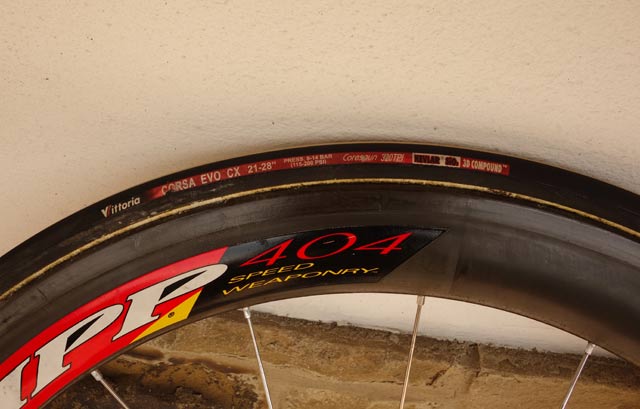 Inside Team Sky is written by Sunday Times sports writer, David Walsh. It covers a year spent with the team, during Froome’s first 2013 Tour de France victory. David Walsh is the author of ‘Seven Deadly Sins‘ which is a summary of his exposure of doping by L. Armstrong and US Postal. The book gives an inside look at how Team Sky prepare for races and an insight into some of the characters in the team. But, the strong overtone of the whole book is whether Team Sky are riding clean.
Inside Team Sky is written by Sunday Times sports writer, David Walsh. It covers a year spent with the team, during Froome’s first 2013 Tour de France victory. David Walsh is the author of ‘Seven Deadly Sins‘ which is a summary of his exposure of doping by L. Armstrong and US Postal. The book gives an inside look at how Team Sky prepare for races and an insight into some of the characters in the team. But, the strong overtone of the whole book is whether Team Sky are riding clean.
David Walsh is considered one of the most persistent investigators into the doping of Lance Armstrong. For many years, Walsh dug around finding evidence to support his initial gut feeling that Armstrong was doped. If you read the USADA report on US postal, published in 2012, a lot of that information (apart from rider testimonies) had been uncovered years earlier by David Walsh and published in L.A. Confidential.
It’s easy to jump on the Armstrong /doping bandwagon these days. But, back in cycling’s dark ages of the early 2000s, it was a brave man who went against Team Armstrong and his army of lawyers. I never liked Armstrong and always believed his connection to Ferrari was evidence he was doping. But, when I look back at articles I wrote, I noticed how careful I was to say anything outright. I was very conscious of being sued. (I did once got threatened to be sued by a ‘friend’ of Boris Johnson for a biography I once wrote, but that’s a long story I’m not going to repeat here.) Anyway, to investigate Armstrong was no easy task.
The 2012 USADA report was so damning, so overwhelming – it blew the lid once and for all on the doping legacy of cycling. Although painful, it felt like one of the best things to happen to procycling – it was an important moment when even the UCI kicked Armstrong out of the sport.
But, the problem with exposing the depth of doping in the peleton and the extent to which people could lie to get away with – left a strong feeling of bitterness, cynicism and mistrust amongst cycling fans.
There are 100 reasons to not take drugs. But, I think the worst thing about the decades of drug taking is how it affects the rest of the world, making people more cynical, bitter and meaning clean athletes have to deal with this mistrust and suspicion – that is by far the worst legacy of the doping decades, and ironically those who doped don’t have to face the music, but usually ended up with quite lucrative book deals.
Anyway, Inside Team Sky
I enjoyed the book because it is an interesting insight into the workings and people who make up Team Sky. Dave Brailsford is quite a character, so is Froome, but it was also interesting to read about the less well know characters – the doctors, soigneurs. There was one Italian guy (I’ll check his name) who used to be a pro cyclist in the late 1990s – he gave up because he couldn’t compete, but he wasn’t going to dope to keep his dream of being a procyclist alive. He’s overjoyed to work at Team Sky and throws his heart and soul into the team. It’s good that the quiet guys of the sport get their moment of recognition.
Doping
David Walsh is clearly on a mission to sniff around for any evidence of doping. If you didn’t know the history of the sport, you would think it overly intrusive. Yet, it is necessary because of the state of the sport. When Walsh investigated Armstrong, evidence fell into his lap like leaves falling from a tree. In Team Sky he comes to the conclusion the Team is built around the premise of being clean and not doping.
Doping is boring
One thing is that you can get tired of books on doping, even investigative books. But, this has enough humour, interest and inside information to make it an interesting cycling book. I always judge a cycling book on whether it has something new to offer, and not regurgitate something old. There is an interesting glimpse into the workings of Team Sky
Not cynical enough?
I instinctively support the underdog. I don’t like Murdoch papers, there’s nothing about Team Sky I would normally warm to. But, they do seem a very easy target for those who want to be suspicious about cycling. It is a little strange when you consider there are many riders / director sportives with a clear doping past. Yet, if you portray yourself as a clean team, it seems to attract a level of scrutiny rarely seen in any sport, at any time.
I like Walsh because he was willing to go out on a limb and say US Postal were doping. But, equally he is happy to go out on a limb and say Team Sky are clean. This happens to agree with my viewpoint. Some will say, you should sit on the fence and retain a shed load of cynicism. But, being overly cynical and suspicious is as damaging as ignoring the bullying and lies of Armstrong.
It does seem there are some people who would secretly be quite happy to see evidence that Sky are doping. Because this book doesn’t find any evidence which supports their prejudgement so they don’t like it.
TUEs and Ethics
Ironically I received Inside Team Sky on the day David Walsh wrote a piece in the Sunday Times criticising Chris Froome’s use of TUE (Therapeutic use exemption) before the Tour of Romandie. I didn’t read the piece in the Sunday Times, only a snippet in Cycling News, (which I treat with a degree of caution – always best to read an author directly not through someone else’s filter) I don’t believe Chris Froome was taking a TUE for performance enhancement. But, it leaves you wondering, don’t Team Sky understand the history of abuse of TUE’s in the sport?
Froome and Paul Kimmage
On a side note. I was very happy to see Chris Froome getting interviewed by Paul Kimmage at the Sunday Independent – In the Eye of the Storm’. – relating to the TUE issue. Kimmage is a fierce anti-doping advocate. Perhaps sometimes too fierce, but it is good he spent several hours with Froome. It’s also good to hear direct from Chris Froome.
US Postal and Team Sky Comparison
Often we get the lazy comparison that Team Sky are like US postal because they want to win at all costs. I don’t accept that, and I’m glad Walsh is willing to say that. Last night I watched – Stop at nothing, The Lance Armstrong Story – still available on BBC iPlayer. It’s 90 minutes of grim retelling of the wasted Armstrong decade. It was a reminder of how bad things were. To me, Armstrong and Froome and like night and day. I can’t see any meaningful comparison with the systematic US Postal doping and Team Sky.
Overall
I recommend the book. I’ve read many of Walsh’s books on Armstrong, and it is a relief to read a book on cycling, which paints a different picture, and offers hope the sport is moving on.
Perhaps, my review is also coloured by the fact I feel a strange kind of empathy for Froome (some have kindly said I make Chris Froome look fat – which I think is kind of a complement in cycling circles, I’m not sure. ) I often put myself in the position of what is like to be a pro cyclist and ride clean, but face a barrage of questions that he has to deal with? To be honest, I’m often glad I took the amateur route.
When I review books, I often like them because I generally only want to read books I think I will like. For example in Waterstones, next to Inside Team Sky – I see George Hincapie’s Loyal Lieutenant. – I will never read that book because it will just make me mad. Essentially, do I want to read book on a guy who took drugs and cheated for several years, but still would like us to believe he is a good guy and brave cyclist? No thanks.
 Inside Team Sky at Amazon.co.UK
Inside Team Sky at Amazon.co.UK
 Inside Team Sky at Amazon.com
Inside Team Sky at Amazon.com
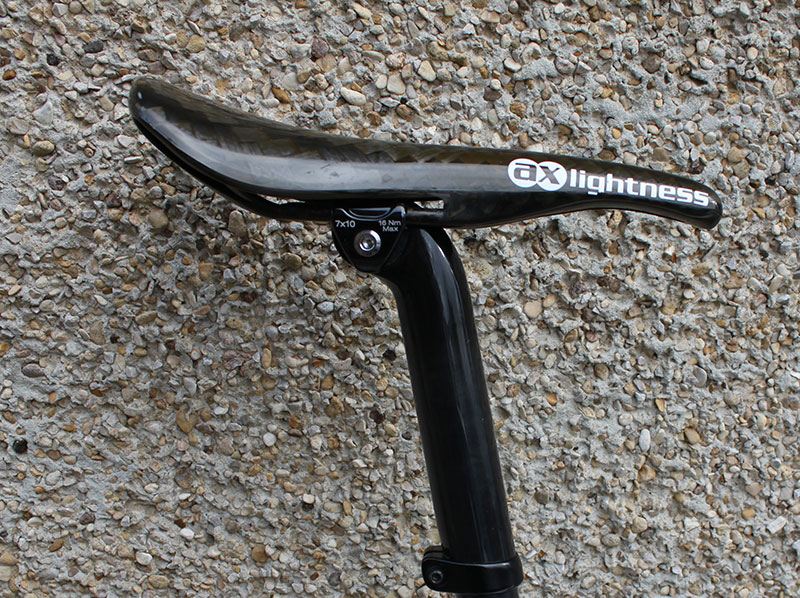
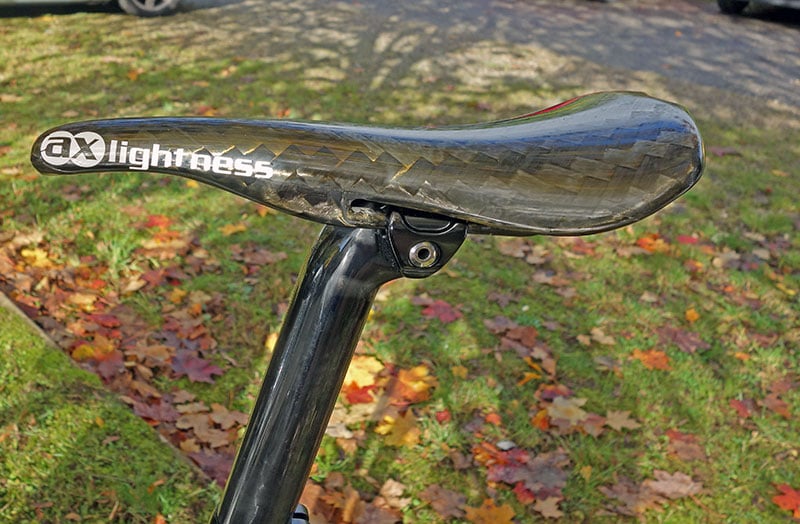
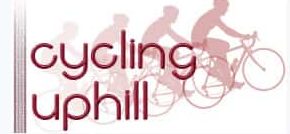

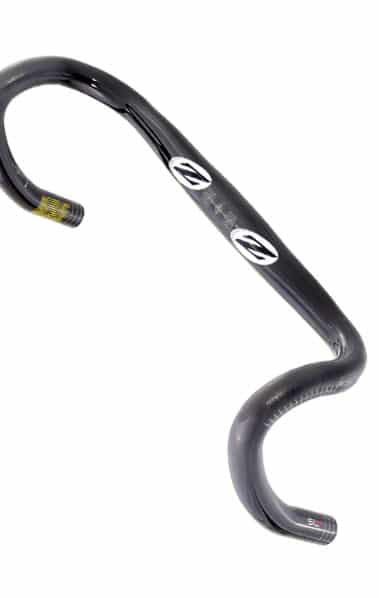
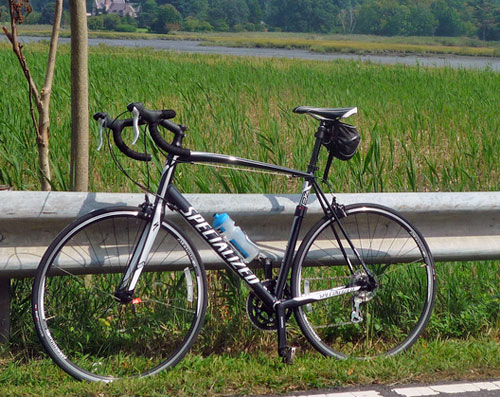
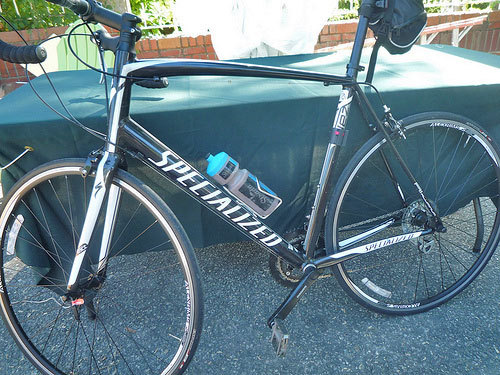

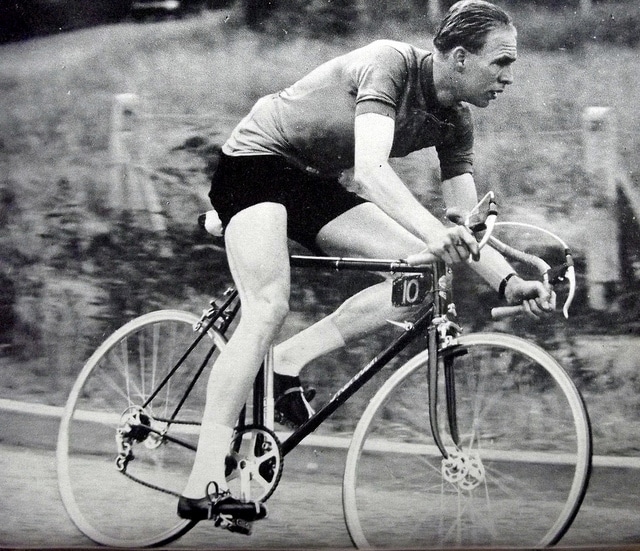

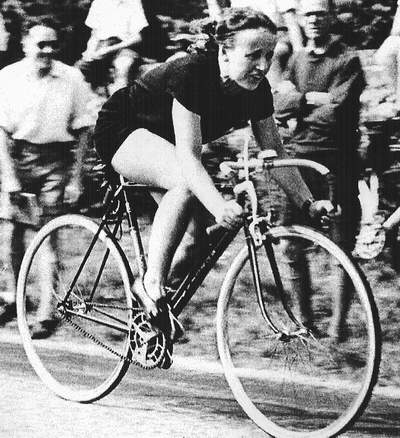
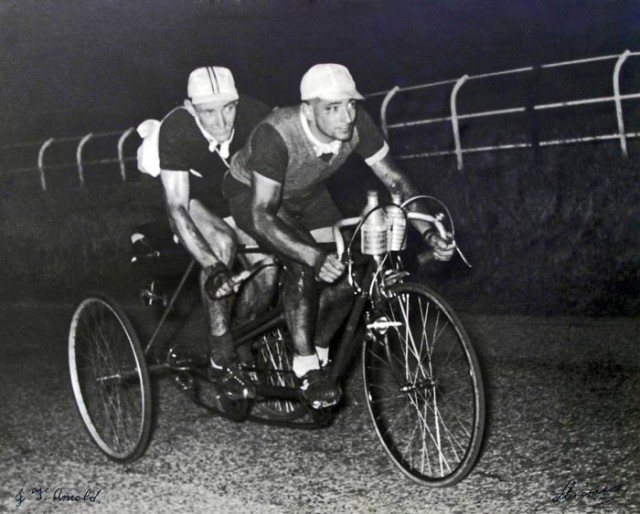
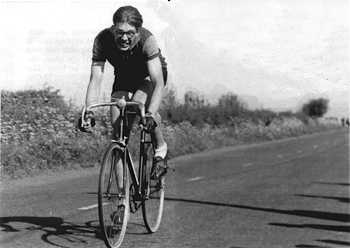
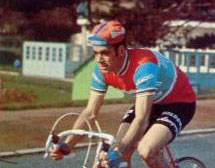
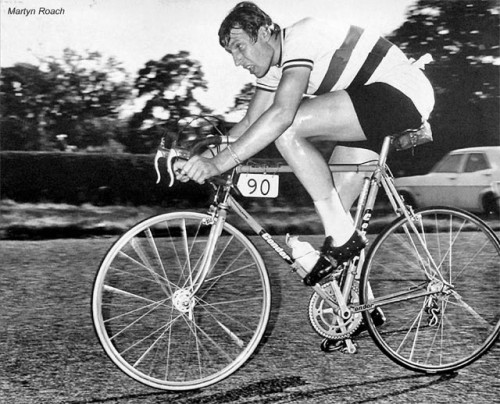
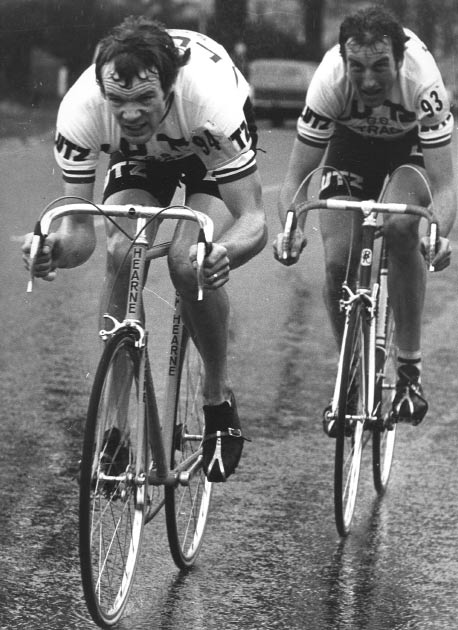
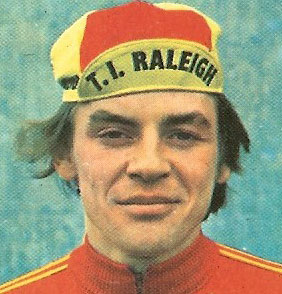
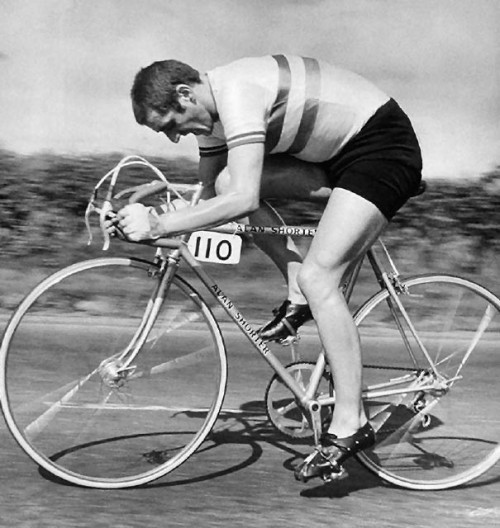
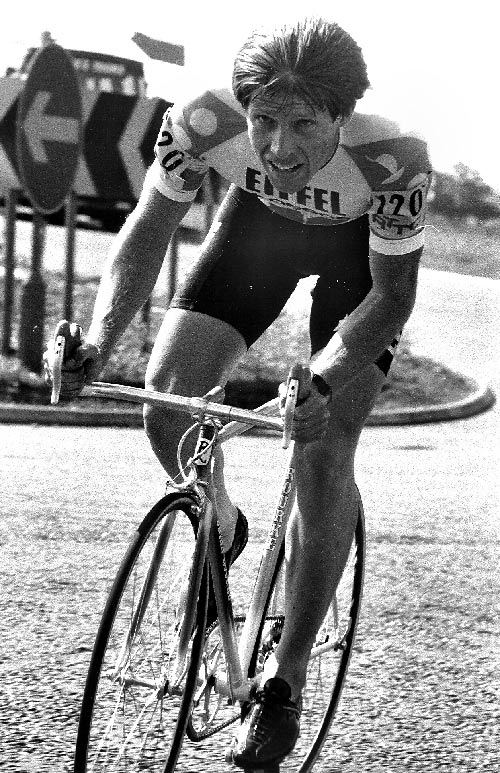
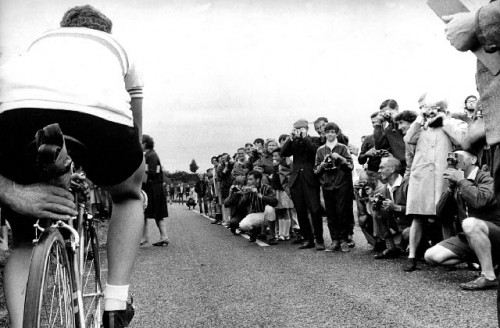
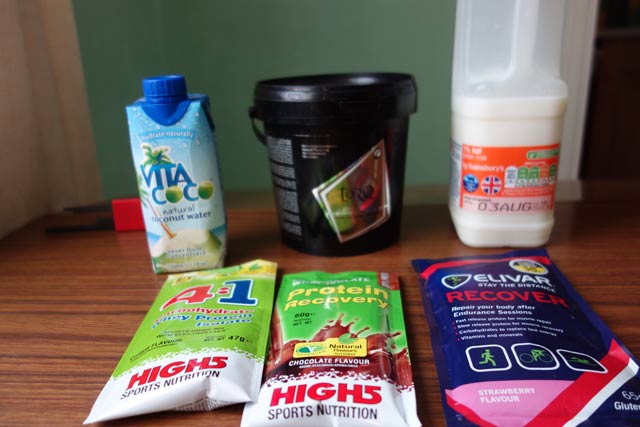

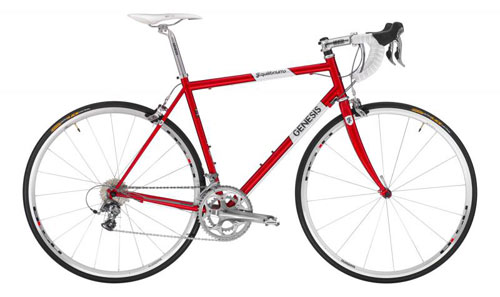
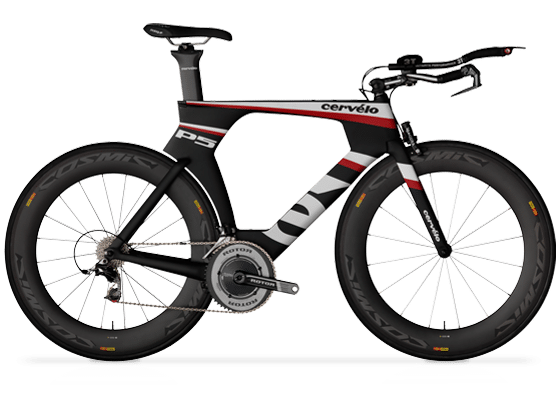
 Inside Team Sky is written by Sunday Times sports writer, David Walsh. It covers a year spent with the team, during Froome’s first 2013 Tour de France victory. David Walsh is the author of ‘
Inside Team Sky is written by Sunday Times sports writer, David Walsh. It covers a year spent with the team, during Froome’s first 2013 Tour de France victory. David Walsh is the author of ‘